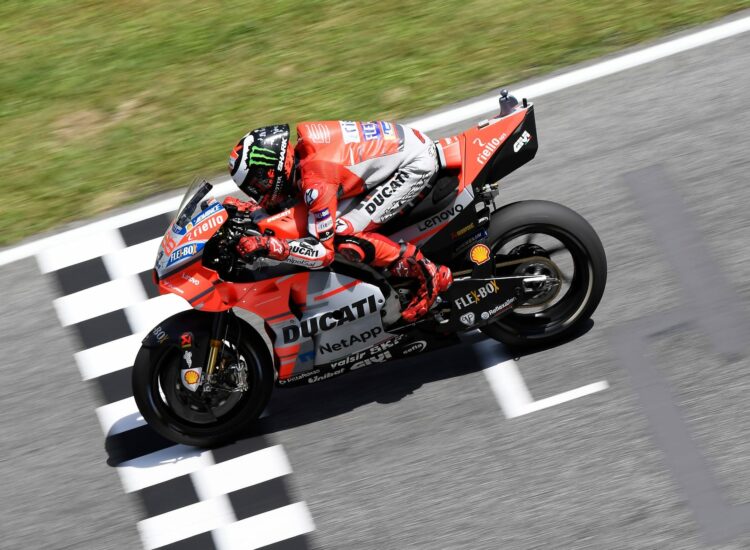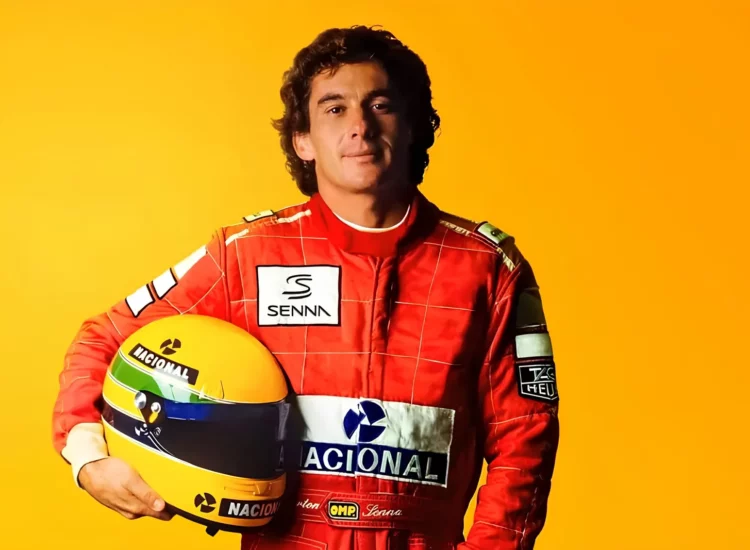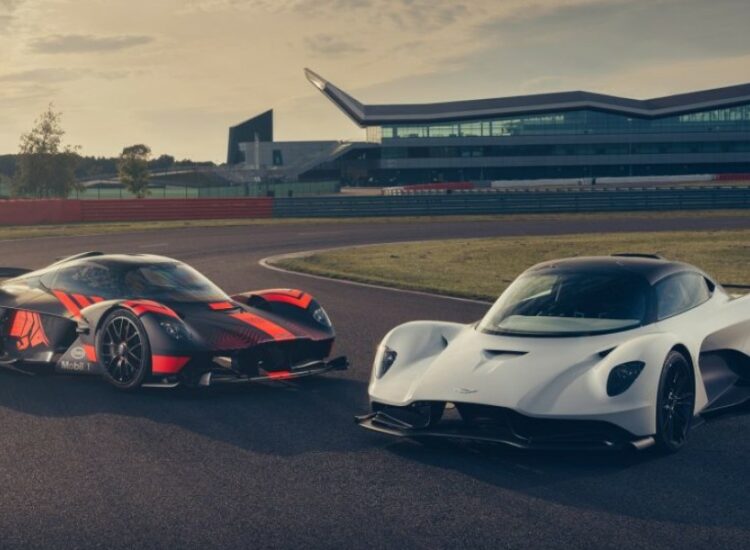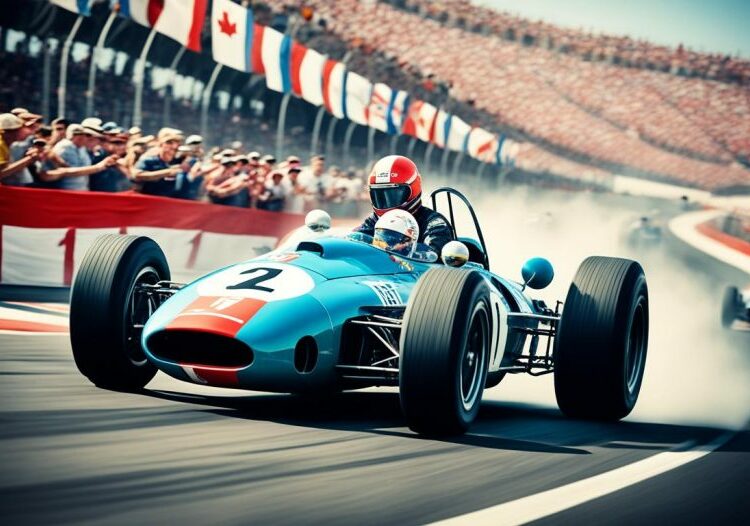Buyer’s Guide: Key Considerations When Purchasing a Motorcycle
The open road, the wind in your hair, and the unmatched feeling of freedom – these are just a few of the alluring promises of motorcycle ownership. Whether you’re a seasoned rider looking to upgrade or a first-time buyer eager to embrace the two-wheeled life, purchasing a motorcycle is a significant decision that requires careful consideration. It’s not just about picking out a shiny machine; it’s about ensuring you choose a motorcycle that aligns with your riding needs, experience level, budget, and long-term lifestyle.
This comprehensive guide breaks down the crucial factors to consider before making a motorcycle purchase, empowering you to make an informed decision and embark on your riding journey with confidence. From understanding your riding style to navigating the buying process, this article will equip you with the knowledge necessary to find the perfect motorcycle for you.
1. Define Your Riding Needs and Intended Use:

Before you even step into a dealership or browse online listings, the most critical step is to honestly assess your riding needs and how you plan to use your motorcycle. This foundational understanding will guide every subsequent decision and prevent you from buying a bike that is ill-suited for your actual riding habits. Ask yourself:
-
What type of riding will you primarily do?
- Commuting: If your main purpose is daily commuting, consider fuel efficiency, maneuverability in traffic, and comfortable ergonomics for longer rides. Scooters, standards, or smaller displacement bikes might be ideal.
- Weekend Cruising/Leisure Riding: For relaxed weekend rides and enjoying scenic routes, cruisers, standards, or touring bikes can offer comfort and style.
- Long-Distance Touring: If you envision cross-country adventures, prioritize comfort, luggage capacity, weather protection, and a powerful engine for highway riding. Touring bikes or adventure touring bikes are designed for this purpose.
- Sport Riding/Track Days: For adrenaline-pumping performance and corner carving, sportbikes offer aggressive styling, powerful engines, and agile handling. However, they are less comfortable for everyday riding.
- Off-Road/Adventure Riding: If you crave exploring trails and unpaved roads, adventure bikes or dual-sport bikes are built to handle varied terrains, featuring longer travel suspension and rugged tires.
-
What is your riding experience level?
- Beginner Riders: If you’re new to motorcycles, starting with a smaller displacement, lighter, and more forgiving motorcycle is highly recommended. Focus on bikes that are easy to handle, have manageable power delivery, and are not intimidating in size or weight.
- Intermediate Riders: With some riding experience, you can consider stepping up to larger displacement bikes or exploring different motorcycle categories that suit your evolving riding style.
- Experienced Riders: Experienced riders have a wider range of options and can choose motorcycles based on their specific preferences, performance needs, and riding aspirations.
-
What is your budget?
- Set a realistic budget, considering not only the motorcycle’s purchase price but also associated costs such as insurance, gear, registration fees, taxes, and ongoing maintenance.
- Factor in whether you are buying new or used, as prices and financing options will differ significantly.
-
What style of motorcycle appeals to you?
- Consider your personal aesthetic preferences – do you prefer classic cruisers, sporty aesthetics, rugged adventure looks, or minimalist naked bikes? While style shouldn’t be the primary factor, it does contribute to your overall enjoyment of the motorcycle.
2. Explore Motorcycle Types and Key Features:
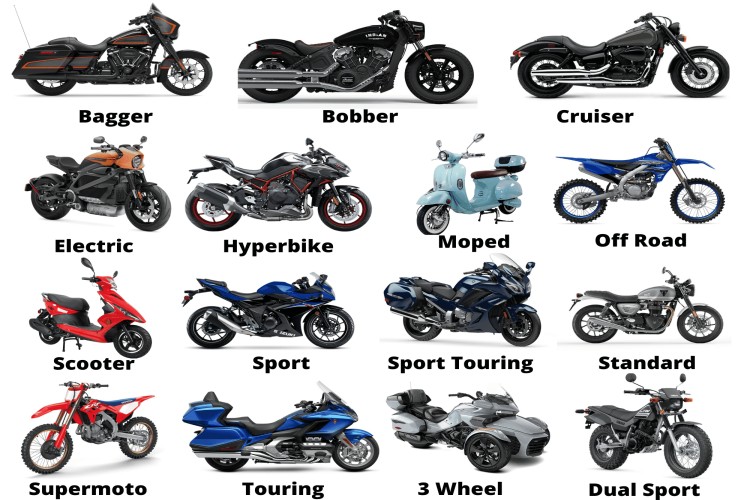
Once you have a clear understanding of your riding needs, delve into the diverse world of motorcycle types. Each category is designed for specific purposes and offers distinct characteristics:
-
Cruiser: Known for their relaxed riding position, stylish aesthetics, and rumbling engines. Ideal for cruising and comfortable for shorter to medium rides. Less agile in corners and not designed for high-speed performance.
-
Sportbike: Performance-oriented machines with aggressive riding positions, powerful engines, and sharp handling. Designed for speed, agility, and track riding. Less comfortable for long rides or daily commuting.
-
Touring Motorcycle: Built for long-distance comfort and travel. Feature large engines, comfortable seats, ample storage, wind protection, and advanced technology. Can be bulky and less agile in city traffic.
Related articles 01:
1. https://toprunracing.vn/ducati-the-undisputed-icon-of-motorcycle-racing
2. https://toprunracing.vn/ayrton-senna-brazils-immortal-racing-legend
3. https://toprunracing.vn/top-10-racing-car-manufacturers-dominating-the-world-of-motorsport
4. https://toprunracing.vn/4256-2
5. https://toprunracing.vn/the-apex-of-automotive-opulence-three-supercar-breeds-coveted-by-the-elite
-
Adventure Touring Motorcycle: Versatile bikes designed for both on-road touring and off-road exploration. Feature longer travel suspension, rugged tires, and comfortable ergonomics. Can be tall and heavy, and less specialized for pure sport or cruising.
-
Standard/Naked Motorcycle: Versatile and practical all-around bikes with an upright riding position, exposed engine, and balanced performance. Suitable for commuting, weekend rides, and beginner riders. Can lack wind protection for high-speed riding.
-
Dual-Sport Motorcycle: A hybrid of street and dirt bikes, designed for both paved roads and off-road trails. Lightweight and maneuverable with long travel suspension. Less comfortable for long highway stretches and less refined on pavement than dedicated street bikes.
-
Scooter: Step-through design, automatic transmission, and typically smaller engines. Ideal for urban commuting and short trips. Fuel-efficient and easy to handle but not designed for highway speeds or long distances.
-
Electric Motorcycle: Increasingly popular, offering instant torque, quiet operation, and zero emissions. Range and charging infrastructure are still evolving. Performance and range can vary significantly depending on the model.
Key Features to Consider:
- Engine Size and Performance: Engine displacement (cc) generally correlates with power and torque. Beginners should start with smaller engines (e.g., 250cc-400cc), while experienced riders may desire larger engines for more performance (600cc+).
- Brakes (ABS): Anti-lock Braking System (ABS) is a crucial safety feature, especially for beginners, preventing wheel lock-up during hard braking, particularly in emergency situations or slippery conditions.
- Suspension: Suspension quality impacts ride comfort and handling. Consider adjustable suspension for fine-tuning the ride to your weight and riding style.
- Rider Aids: Modern motorcycles may feature rider aids like traction control, riding modes, and quick-shifters. These can enhance safety and performance, but are not essential for all riders.
- Comfort and Ergonomics: Consider seat height, handlebar reach, and footpeg position for a comfortable riding posture, especially for longer rides.
- Technology and Features: Evaluate features like digital displays, connectivity options (Bluetooth), cruise control, and heated grips based on your preferences and budget.
3. Buying New vs. Used and Where to Buy:

Decide whether you prefer a new or used motorcycle. Each option has its pros and cons:
-
New Motorcycles:
- Pros: Warranty coverage, latest technology, pristine condition, often better financing options.
- Cons: Higher purchase price, depreciation is immediate after purchase, limited customization initially.
- Where to buy: Authorized dealerships for specific brands.
-
Used Motorcycles:
- Pros: Lower purchase price, less initial depreciation, wider selection, potential for added accessories from previous owners.
- Cons: No factory warranty (unless some remains), potential for hidden mechanical issues, requires thorough inspection, financing may be less favorable.
- Where to buy: Private sellers (online marketplaces, classifieds), used motorcycle dealerships.
Where to Buy:
- Dealerships: Offer new motorcycles, sometimes certified used bikes, financing options, service departments, and knowledgeable staff. Prices are typically higher than private sellers.
- Private Sellers: Can offer lower prices, but buying “as-is” with no warranty. Requires more due diligence in inspection and negotiation.
- Online Marketplaces: Websites and apps dedicated to motorcycle sales, offering vast selections from both dealerships and private sellers.
Inspecting a Used Motorcycle (Crucial for Used Bikes):
If buying used, a thorough pre-purchase inspection is paramount. If you are not mechanically inclined, consider bringing a trusted mechanic. Key inspection points include:
- Visual Inspection: Look for signs of damage, rust, leaks, or neglect. Check frame alignment, tire condition, brake pad wear, and chain/belt condition.
- Mechanical Inspection: Start the engine and listen for unusual noises. Check fluid levels (oil, coolant, brake fluid). Test brakes, clutch, throttle, and suspension.
- Documentation: Verify the VIN (Vehicle Identification Number) matches paperwork. Check the title for liens or salvage history. Ask about maintenance records.
- Test Ride: Always insist on a test ride (with proper gear and insurance). Assess handling, braking, acceleration, and overall ride quality.
4. Financial Planning: Budgeting, Financing, and Insurance:
Motorcycle ownership involves more than just the purchase price. Plan your finances accordingly:
Related articles 02:
1. https://toprunracing.vn/ayrton-senna-brazils-immortal-racing-legend
2. https://toprunracing.vn/huyen-thoai-toc-do-nhung-tay-dua-o-to-lung-danh-nhat-trong-lich-su
3. https://toprunracing.vn/4256-2
4. https://toprunracing.vn/ducati-the-undisputed-icon-of-motorcycle-racing
5. https://toprunracing.vn/top-10-racing-car-manufacturers-dominating-the-world-of-motorsport
- Total Budget: Include the motorcycle price, registration fees, sales tax, dealer fees (if applicable), insurance premiums, riding gear costs (helmet, jacket, gloves, boots, pants), and an emergency fund for unexpected maintenance.
- Financing: If financing, shop around for competitive interest rates and loan terms from banks, credit unions, or dealership financing. Understand the total cost of the loan, including interest, over the loan term.
- Insurance: Motorcycle insurance is mandatory in most places. Obtain quotes from different insurers, comparing coverage options and premiums. Insurance costs vary depending on your age, riding experience, motorcycle type, and coverage level.
5. Safety Gear and Rider Training:
Safety should always be paramount. Invest in quality riding gear and proper training:
-
Essential Gear:
- Helmet: DOT or ECE certified, full-face is recommended for maximum protection.
- Jacket and Pants: Abrasion-resistant materials (leather or reinforced textiles) with armor at elbows, shoulders, and knees.
- Gloves: Leather or textile gloves with knuckle and palm protection.
- Boots: Sturdy motorcycle boots offering ankle and foot protection.
-
Rider Training: Enroll in a motorcycle safety course, especially for beginners. Courses teach fundamental riding skills, safety techniques, and traffic awareness, significantly reducing the risk of accidents.
-
Licensing and Regulations: Understand your local motorcycle licensing requirements and traffic laws. Obtain the necessary motorcycle endorsement or license before riding on public roads.
6. Long-Term Ownership: Maintenance and Community:
Motorcycle ownership is a long-term commitment. Consider:
- Maintenance: Motorcycles require regular maintenance (oil changes, tire replacements, chain/belt adjustments, brake service, etc.). Factor in maintenance costs and whether you plan to DIY or use a mechanic.
- Parts Availability: Research parts availability and cost for the motorcycle you are considering, especially for older or less common models.
- Community and Support: Joining a motorcycle community or online forum can provide valuable support, advice, and camaraderie.
7. The Test Ride and Final Decision:
-
Test Ride is Crucial: Always test ride any motorcycle you are seriously considering before making a purchase. A test ride allows you to assess handling, comfort, power delivery, and overall feel.
-
During the Test Ride:
- Pay attention to ergonomics and comfort.
- Evaluate handling and maneuverability at various speeds.
- Test brakes and acceleration.
- Listen for any unusual noises or vibrations.
- Get a feel for the clutch and throttle.
-
Negotiation and Purchase: Be prepared to negotiate the price, especially on used bikes. Understand all fees and charges before signing any paperwork. Read the purchase agreement carefully.
Conclusion:
Purchasing a motorcycle is an exciting and rewarding endeavor. By carefully considering your riding needs, exploring different motorcycle types, planning your finances, prioritizing safety, and conducting thorough research, you can confidently choose a motorcycle that will bring you years of enjoyment and freedom on the open road. Remember to take your time, ask questions, and prioritize your safety and long-term satisfaction over impulse decisions. Happy riding!

